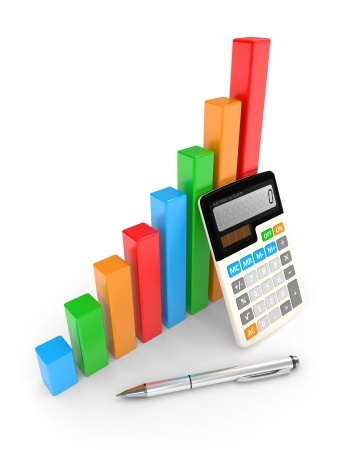Activity 5a: Calculating economic growth

- (Real GDP Dec 24 – Real GDP Dec 23) / Real GDP Dec 23 X 100
= (485 – 465)/465 = (20/465) X 100
= 4.3%
- The quarterly and annualised rates of growth for this period are calculated as follows:
(Real GDP Dec 24 – Real GDP Sep 23) / Real GDP Sep 23 X 100
= (485 – 480)/480 = (5/480) X 100
= 1.04% quarterly growth which equates to an annualised growth figure of 4.16% (i.e. 1.04% X 4)
- There is a difference in the two rates of growth because the figure 1.04% relates to the increase in production that occurred over the last three months of 2024. In contrast, 4.16% refers to the increase in production that would (hypothetically) occur over a period of one year if the economy grew at the 1.04% for 4 quarters.
- The quarterly rate is calculated as follows: (470 – 465) / 465 X 100 = 1.07%. The year to end March 2024 rate of economic growth is calculated as follows: (470 – 455) / 455 x 100 = 3.3%. Given that a strong and sustainable rate of economic growth is generally considered to be within the range of 3 – 3.5% per annum, the government is likely to be reasonably happy with the outcome.
- The quarterly and annualised rates of growth for this period are calculated as follows:
Quarterly (465 – 470) / 470 X 100 = – 1.06%.
This equates to an annualized growth figure of -4.24% (i.e. -1.06% X 4)
- This is because the negative rate of growth (i.e. the decrease in the real value of production) endured for only one quarter. All other quarters making up the annual periods experienced positive rates of growth.
- Since December 2022, the annual rate of growth in real GDP trended up from a growth rate of 3.3% for the year to end December 2023 to 4.3% for the year to end December 2024.
